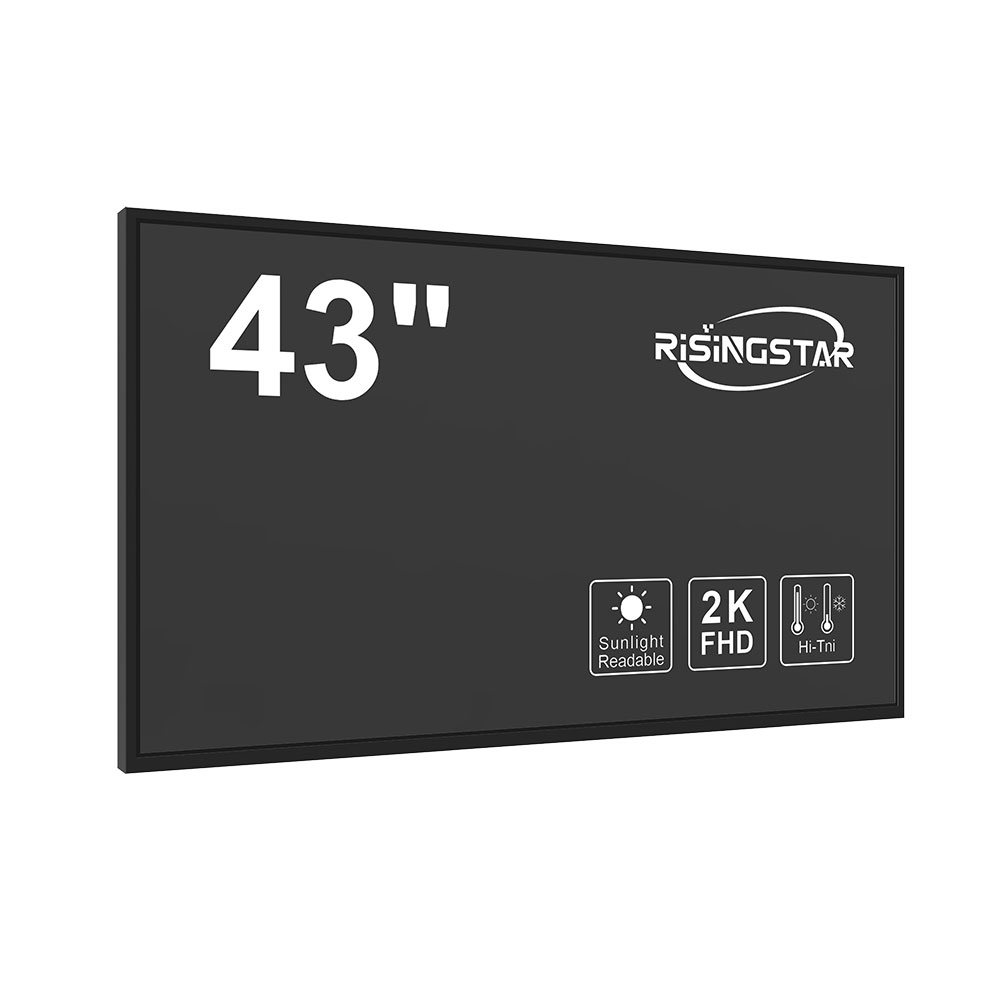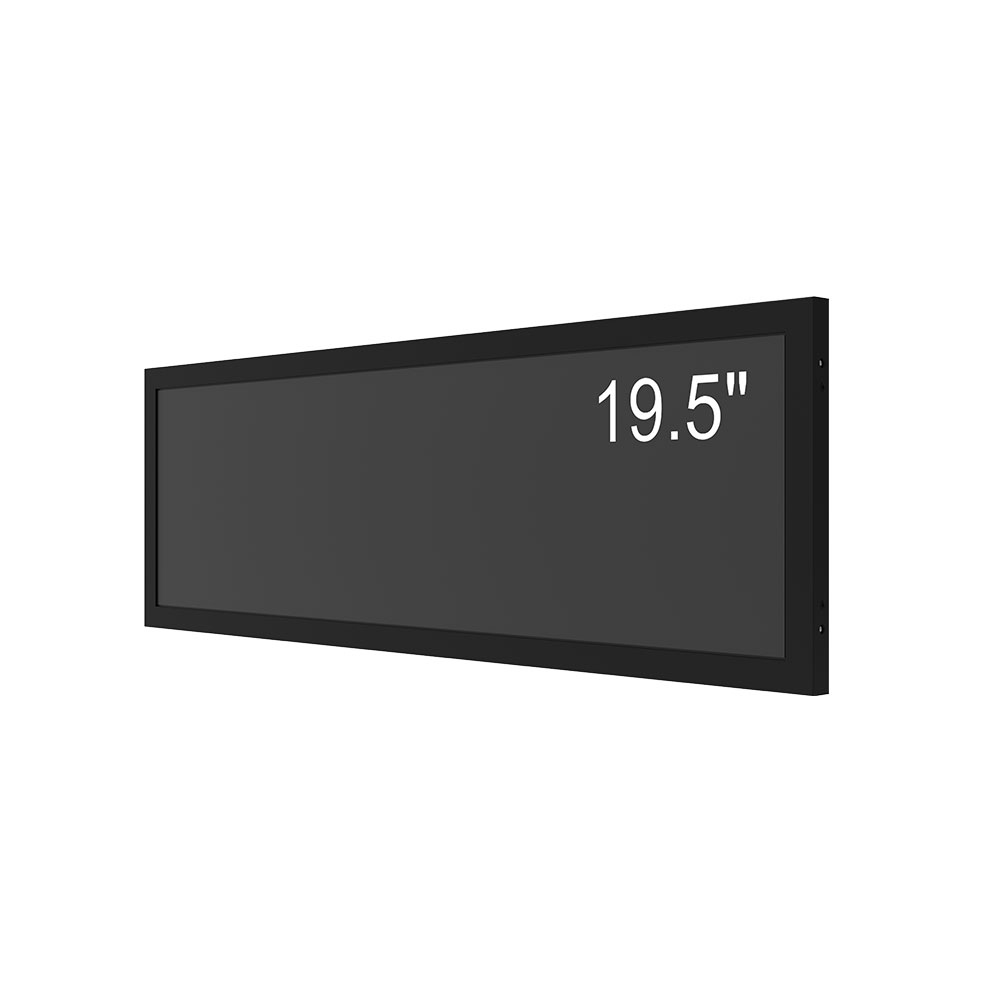Sunlight readable high brightness LCD screens are essential in outdoor and high ambient light environments such as military vehicles, industrial control panels, construction equipment, and public information kiosks. These displays maintain visibility under direct sunlight—often exceeding 5000 nits of brightness—which is critical for operational safety and user efficiency. Unlike standard LCDs that dim or become unreadable in daylight, high-brightness displays use advanced backlighting technologies, anti-glare coatings, and optimized contrast ratios to ensure consistent performance.
One of the most significant advantages is their reliability in harsh conditions. For example, in solar-powered monitoring systems used in remote agricultural fields, a 7000-nit sunlight readable display ensures operators can read real-time sensor data without needing shaded enclosures. In defense applications, such as battlefield command units, these screens remain legible under extreme environmental stress, from desert heat to Arctic cold—a testament to their ruggedized design (per MIL-STD-810G standards).
However, common problems include power consumption, especially when running at maximum brightness. To mitigate this, manufacturers now integrate adaptive brightness sensors that automatically adjust luminance based on ambient light levels, reducing energy use by up to 40% without compromising readability. Another challenge is thermal management; high brightness increases internal heat. Advanced thermal solutions—such as passive heat sinks and low-power LED backlights—are now standard in modern designs.

The latest trend is the integration of touch technology with sunlight readability. Capacitive touchscreens with optical bonding and UV-resistant laminates now support multi-touch functionality even in full sun. This is crucial in medical devices deployed in field hospitals or in transportation dashboards where quick, accurate input is vital.
Industry case studies confirm the ROI of investing in high-brightness LCDs. A 2023 report by Display Supply Chain Consultants (DSCC) found that fleet tracking systems using 5000-nit displays had 68% fewer operator errors compared to traditional 1000-nit displays in trucking operations. Similarly, a European railway authority reported a 30% reduction in maintenance downtime after switching to sunlight-readable displays in train control interfaces.
As global industries push toward automation and edge computing, the demand for durable, high-brightness LCDs will grow. The future lies in OLED-based sunlight-readable displays, which offer higher contrast and lower power usage—yet still face challenges in achieving sufficient brightness for full-sun environments.









